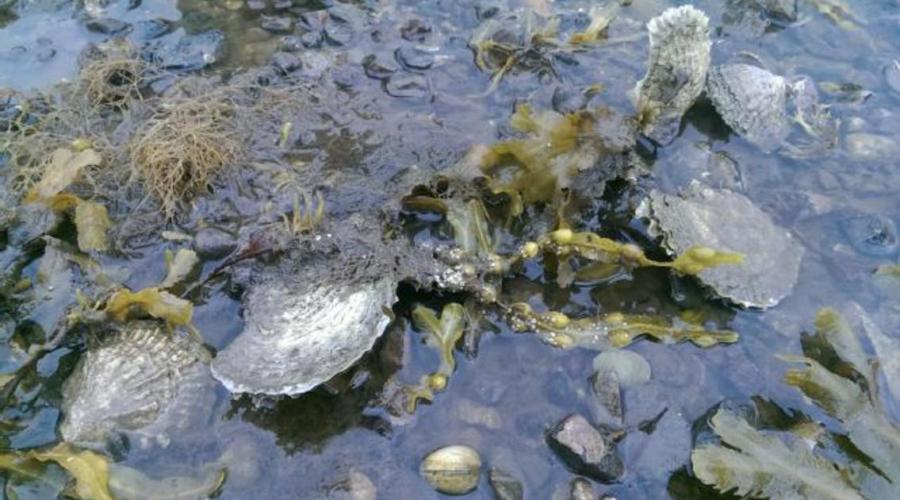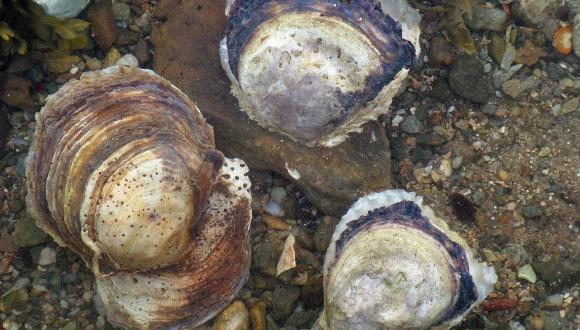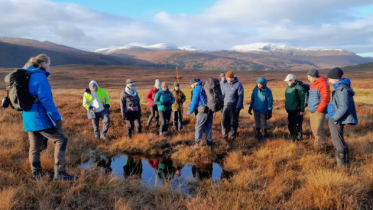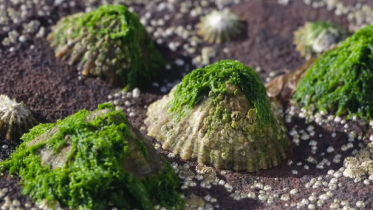
New guidance provides advice for native oyster restoration in Scotland
15 May 2024
New guidance published by NatureScot today provides advice for efforts to reintroduce native oysters to areas where they have become extinct in Scotland, as well as to protect and expand the species in areas where they retain a foothold.
European native oysters, also known as flat oysters, once lived widely in Scottish waters with figures in the millions and possibly in the billions.
People have harvested or cultivated the native oyster for centuries. But with the industrial revolution, demand for cheap food and technological advancements such as steam trains providing quicker routes to market, oysters quickly became extinct in some areas. The oysters once supported many fisheries in several areas of Scotland, most notably the Firth of Forth. At its peak, at the turn of the 19th century, the fishery covered an area larger than the City of Edinburgh and produced 30 million oysters per year, many of which were exported to England and continental Europe.
Today, only scattered and in many cases, small populations, of native oysters survive around the west coast and islands and fringing our sea lochs, with east coast populations eradicated. Native oysters are still threatened today - for example by illegal harvesting for consumption and the parasite, Bonamia ostreae. As a result, native oysters and their habitats are protected in a number of ways, including being classified as a Scottish Priority Marine Feature (PMF) and as a protected feature of the Loch Sween Marine Protected Area (MPA). They are one of 11 PMFs regarded as most vulnerable to seabed disturbance. Native oysters are also on the OSPAR list of Threatened and/or Declining Species and Habitats.
Native oysters are seen as an ecosystem engineer, providing important habitat for other species, including vital nursery and foraging areas. A single oyster shell has been shown to provide habitat for more than 100 species. Populations of native oysters may also help to stabilise sediment and improve water quality.
Native oysters are fascinating bivalve molluscs which can live more than 15 years and grow to over 100 mm diameter. They feed on plankton and materials filtered from the water. They are able to change sex many times during their lives, and females brood their eggs and larvae within their shells before releasing the larvae into the water. The larvae then settle on suitable surfaces such as shell on the seabed and, unless dislodged, will stay in the same place for the rest of their lives. They are therefore vulnerable to anything that causes population declines, as low numbers and low densities can impair their ability to breed successfully.
The precise distribution of native oysters is not fully known due to the challenges of long-term monitoring, but the new NatureScot guidance outlines how to protect and possibly expand west coast populations and restore the species to the areas where they have become extinct.
Cass Bromley, one of NatureScot’s Marine Enhancement Advisers and an author of the guidance, said: “Scotland’s native oysters are a vital part of our marine world, providing homes, nurseries and food for other species and contributing to the healthy ecosystems we need in Scottish waters. We hope this guidance will provide community groups and others with the information they need to protect and restore these culturally and environmentally important bivalve molluscs which have such a long history in Scotland.”
The guidance covers topics such as when it is appropriate to restore native oysters, selecting sites, consents, licensing and planning permission, biosecurity and monitoring. Funding for projects is available to community and environmental groups and others through programmes like the Scottish Marine Environmental Enhance Fund (SMEEF) and the Scottish Government Nature Restoration Fund, which are hosted by NatureScot.






